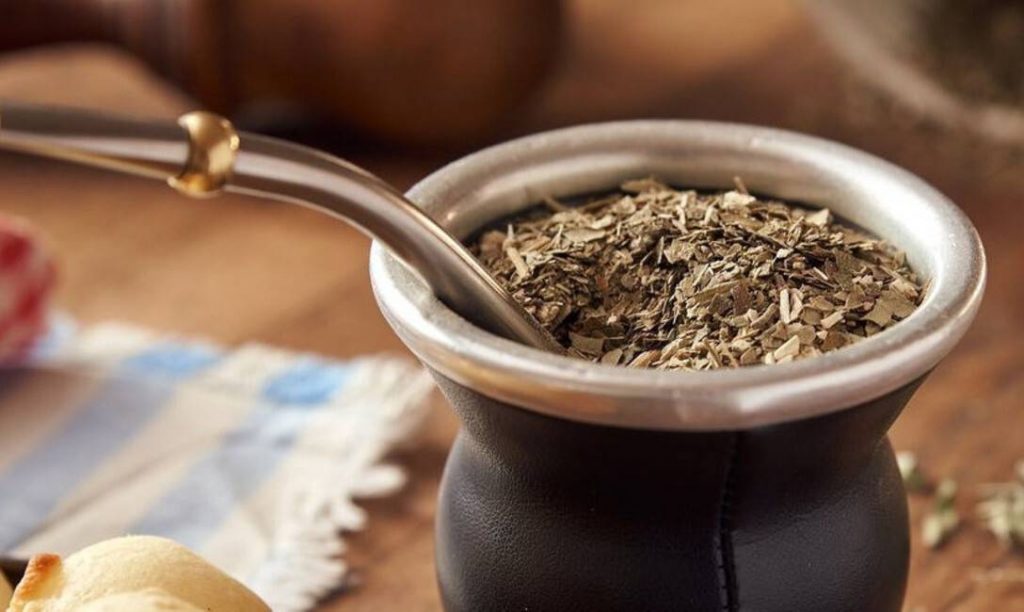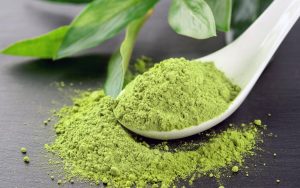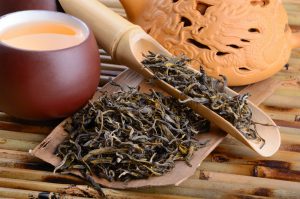
Many call it the oldest drink in human history, the “green gold” of the Indians and the tastiest tea in the world. But its resemblance to tea is based solely on its general tonic properties. However, yerba mate has much more – more than 180 components, including vitamins, organic acids, saponins and useful macro nutrients. This is why the Paraguayan drink is used to treat scurvy and fever. And now Latin Americans drink it in the morning to refresh themselves, in the afternoon (when it is cold) to quench thirst, and at night for a healthy and restful sleep.
In the Indians, mate means drinking vessel or cup. The Spanish analogue mati is often found in the ancient chronicles of historians studying the people, as well as in the works of writers and poets.
There is another theory: in Latin America, this is the common name for the fruit and plant Lagenia vulgaris, the gourd, which is used to prepare a drink called yerba mate. If we take these two variants into consideration, we get the following: yerba mate is a container for a drink made from gourd. But often, the people of the name put emphasis on the content of the container: yerba mate.
Stages of mate formation
Unlike ordinary tea, yerba mate is not brewed from the leaves of tea bushes, but from the stems and leaves of the Paraguayan holly, a bush with smooth white bark that grows up to 10 m high.
Since the last century, Indians have not only collected it from the forest, but also cultivated it by grafting branches from the best shoots.
How exactly does the cultivation and production of the drink take place?
From the end of March to the beginning of October, almost all the shoots up to 3 mm in diameter are cut from the holly tree.
The shoots are put into canvas bags and removed from the plantation.
Using special automated equipment (using a strong air flow), the leaves are separated from the branches.
The raw material is then finely chopped, washed and smoked, reducing its size by up to 20%. In the past, by contrast, open kitchens were used, so that the leaves and branches were soaked in the wonderful fragrance of the forest. Today, the same effect can be achieved through technological innovation.
This is followed by a light drying process, as the final product should not have too much moisture.
The material is carefully placed in linen bags, sewn and taken to a warehouse, where the mat is left to mature for at least eight months. Mate is of the highest quality if it is matured under pressure at a constant, pre-established temperature and humidity.
Mate is not drunk in a normal tea cup, but is prepared in a gourd chalice (nowadays there are also metal and wooden analogues) and drunk from the same narrow-lidded container through a tube called a bombilla, with a strainer on one side and a mouthpiece on the other.
What yerba mate is good for
Beneficial features:
- It is an excellent detoxifier: it quickly eliminates poison from the body.
- It improves the immune system and reduces the risk of allergies.
- It is a harmless sedative that lifts the mood, relieves fatigue and stabilises sleep.
- It reduces cravings for alcohol and tobacco, with no age or quantity restrictions.
- It reduces the risk of heart attacks and strokes. This is because yerba mate contains many bioactive compounds that normalise blood pressure and cerebral blood flow, while
- pantothenic acid boosts adrenaline levels and promotes cell regeneration.
- The drink contains polyphenols that delay ageing and prevent many diseases. They strengthen the body and provide it with natural protection.
You may also like:


